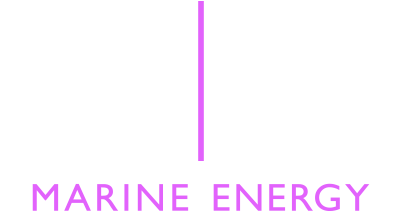20|20 Marine Energy and BunkerMetric announced the signing of a Memorandum of Understanding (MoU), which will see the launch of a new predictive analysis tool that enables ship owners, operators and fuel buyers to understand the financial and operational impact of the impending MARPOL Annex VI global 0.5% sulphur cap on their fleets when it comes into force on 1st January 2020. The technology will enable stakeholders in the marine fuel value chain to assess and implement the most effective strategy to minimize costs, mitigate risks, and ensure compliance.
The 2020 SEER (Sulphur Emissions Evaluation and Risk management) software provides ship owners and operators with a number of capabilities in relation to marine fuel procurement. At a tactical level, fuel buyers can optimize their fuel procurement strategy on a vessel-by-vessel basis to minimize total bunker costs. The tool considers a range of factors that impact bunkering decisions, including fuel price forecasts, trade patterns, vessel speed, consumption, product specifications, time spent in Emission Control Areas (ECAs), and tank sizes. Using proprietary simulation and optimization algorithms, SEER generates an optimal bunkering plan, specifying the amount of each fuel type to purchase at each port call, reducing fuel costs and increasing efficiencies. The tool can also be used to benchmark existing fuel procurement practices.
Strategically, SEER also enables the user to evaluate the cost and impact of different strategies for compliance with the MARPOL Annex VI 0.5% global sulphur cap regulation when it is enforced in 2020. SEER generates a comparative economic analysis of different vessel configurations for operating under the new sulphur rules. For example, a ship owner can compare the economics of a conventional vessel burning distillates, to a vessel equipped with a scrubber, or using LNG. The analysis takes into account the CapEx and OpEx of each variant, as well as a detailed consideration of range, tank sizes, margin, preferred fueling locations, and geographical fuel price spreads, among others. The insights generated enable the user to make the most informed decision in terms of what compliance strategy is adopted on a vessel-by-vessel basis, which can be extended to a fleet wide risk and cost management strategy.
Commenting on the appointment, Adrian Tolson, Senior Partner, 20|20 Marine Energy, said:
“The reality is that fuel buyers – the ship owners, operators and charterers – need to drill down into the real detail on what their fuel procurement strategy will be post 2020 for each and every vessel they own or operate. Based on certain trading routes, distillates might be appropriate for one vessel. For another, a scrubber might be more applicable.
“To do this, they need to be able to look into the future; to see what a 2020 world looks like, and the impact that it will have on their businesses, both financially and from an operational perspective. With this clarity they can develop the right fuel procurement strategy that will keep costs as low as possible, mitigate risks and ensure compliance. As well as creating a more efficient and profitable operation, and ensure business continuity, they will also be more competitive in the eyes of their customers.”
SEER is an intuitive software tool that is consistently updated in line with changes to fuel price spreads, as well as supply and demand scenarios on a regional and global basis. The tool will be available to customers on a bespoke basis, and used via a web portal or as a dashboard within their own systems infrastructure, where they can input and manipulate data accordingly to optimize their fuel procurement strategies.
Fernando Alvarez, Co-Founder at BunkerMetric, said:
“There is a very high level of uncertainty and concern amongst fuel buyers surrounding the implementation of the global sulphur cap and its impact on their operations. This uncertainty extends to fundamental questions, including pricing and availability of compliant fuels, the viability of abatement technologies, and the degree of adoption of alternative fuels. With all that is at stake, it is critical to have a disciplined evaluation of the different scenarios and risks that they will face to inform the best possible decision making. This is precisely what SEER delivers.”

